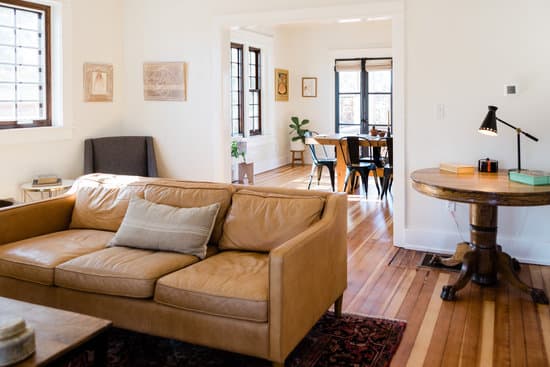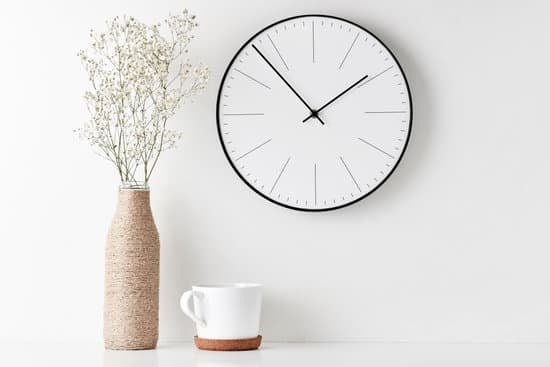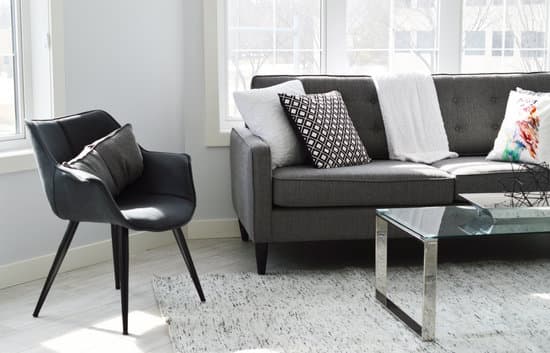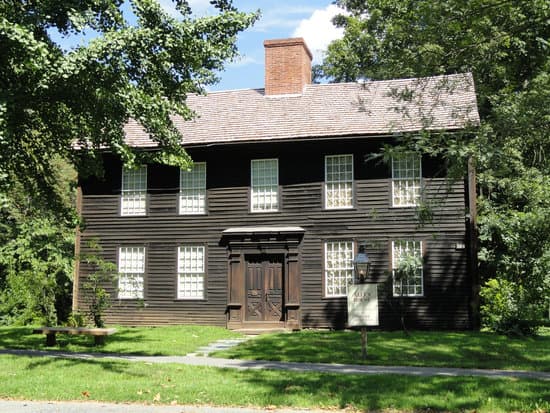The Rich History of Egyptian Style Colors
The ancient Egyptians were known for their advanced knowledge of art and design. One of the most distinctive aspects of their artistic style was their use of color. Egyptian style colors were not just aesthetically pleasing, but they also held significant meaning and symbolism. The six predominant colors used in Egyptian art and design were green, red, blue, white, black, and yellow. Each of these colors was derived from natural sources and played an essential role in the ancient Egyptian culture and society.The Natural Sources of Egyptian Style Colors
The natural sources of Egyptian style colors were abundant in ancient Egypt and played a significant role in sustaining the civilization’s artistic and cultural achievements. For example, green was derived from malachite and represented life and fertility. Red was obtained from ochre, and symbolized power and protection. Blue, a color favored by the gods, was made from lapis lazuli and represented divinity and royalty. White symbolized purity and was obtained from chalk and gypsum, while black represented the afterlife and was derived from charcoal or soot. Finally, yellow was obtained from ochre and represented the sun. Fun Fact: The process of creating these brilliant colors was incredibly intricate and delicate, which explains why they have remained vibrant over thousands of years.Green: The Symbol of Life and Fertility
Green was a crucial color in Egyptian style art and design because it represented life and fertility. The ancient Egyptians believed that the color green was the foundation of all life, and as such, they used it in abundance. They used green to represent the Nile River, the source of life in ancient Egypt. They also used the color green to depict the god Osiris, who was associated with the Nile’s annual flooding, which provided sustenance for crops and animals. Did you know? The color green was so important to the ancient Egyptians that they even used it to color the walls of some of their most important temples, such as the Temple of Luxor.Red: The Color of Power and Protection
Red was a powerful color in ancient Egyptian culture, symbolizing power and protection. The color red was believed to ward off evil, and as such, it was used in many protective talismans and amulets. Additionally, red was associated with the god Horus, the god of the sky, war, and hunting. The ancient Egyptians also used red to depict the sun, which they considered to be the ultimate source of power. Fun Fact: The ancient Egyptians used a variety of natural sources to get the color red, including ochre, hematite, and red ocher.Blue: The Hue of Divinity and Royalty
Blue was a highly prized color in ancient Egypt, as it was associated with the gods and royalty. The ancient Egyptians believed that blue was the color of the heavens and that it represented the divine. They used blue to depict gods such as Amun and Amunet, who were associated with creation and fertility. Blue was also used in the tombs of pharaohs to symbolize their divinity and connection with the gods. Did you know? The ancient Egyptians went to great lengths to obtain the precious stone lapis lazuli, which they used to create the brilliant blue hue.White, Black, and Yellow: The Supporting Colors in Egyptian Style
White, black, and yellow were also important colors in ancient Egyptian art and design. White was associated with purity and the afterlife, black represented death and rebirth, and yellow was associated with the sun and the pharaohs. While these colors did not hold as much significance as green, red, and blue, they were still essential in creating the vibrant and complex color palettes that are synonymous with the ancient Egyptian style. Fun Fact: The ancient Egyptians also used gold, which they considered to be the flesh of the gods, to create intricate designs and embellishments in their art.The Enduring Vibrancy of Egyptian Style Colors
Despite having been around for thousands of years, the colors of the ancient Egyptian style continue to inspire and captivate people today. The rich and vibrant colors have stood the test of time and remain just as striking and powerful as they were in ancient times. Whether it’s in art, design, or fashion, these colors continue to influence and inspire people around the world.Bringing Egyptian Style Colors into Your Home and Garden
If you’re looking to bring the vibrant and powerful colors of ancient Egyptian style into your home and garden, there are many ways to do so. Here are a few ideas:- Use a color palette of green, red, blue, white, black, and yellow in your decor and design choices
- Incorporate patterns and designs inspired by ancient Egyptian art into your furnishings, such as hieroglyphics or images of pharaohs and gods
- Use plants and flowers with green, red, and yellow hues in your garden or outdoor space

















